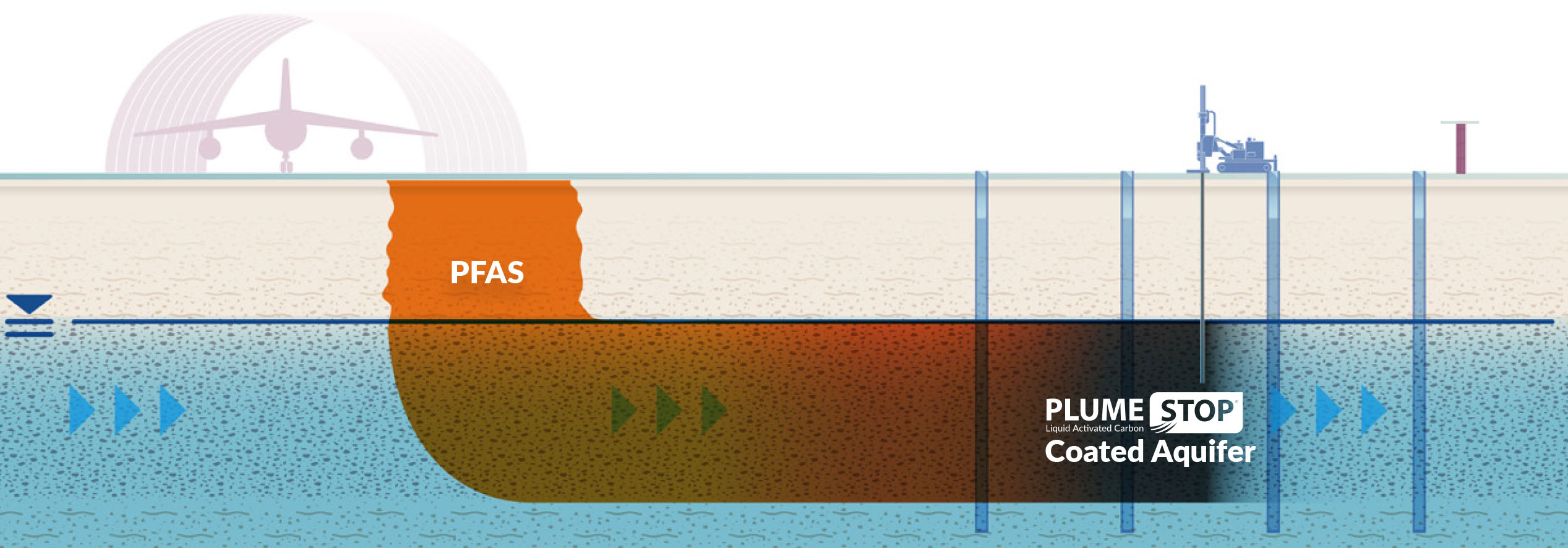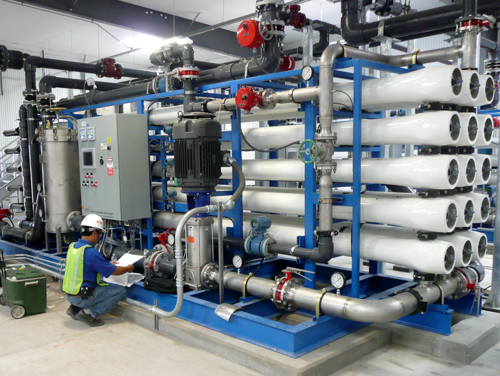Advanced Approaches for Efficient PFAS Contamination Removal
The relentless challenge of PFAS contamination requires the expedition of innovative elimination techniques that can successfully attend to these dangerous compounds. Ingenious innovations, such as innovative oxidation processes and numerous adsorption strategies, have actually arised as appealing services in mitigating PFAS from affected environments.
Understanding PFAS Qualities
Although per- and polyfluoroalkyl compounds (PFAS) have been widely utilized in numerous commercial and customer products due to their unique homes, their determination in the environment poses considerable challenges to public wellness and security. PFAS are a group of artificial chemicals characterized by a carbon-fluorine bond, among the best chemical bonds known, which adds to their phenomenal security and resistance to deterioration. This stability permits PFAS to accumulate in the setting and living microorganisms, leading to possible unfavorable wellness impacts.
These exact same buildings contribute to their environmental determination, as PFAS do not easily damage down via natural procedures. Understanding the chemical residential or commercial properties of PFAS is important for creating reliable strategies to take care of and reduce their ecological effect.
Innovative Removal Technologies
The perseverance of PFAS in the setting has stimulated the advancement of cutting-edge removal technologies focused on efficiently removing these contaminants from impacted ecological communities. Amongst the most encouraging techniques are advanced oxidation procedures (AOPs), which use effective oxidants to break down PFAS substances right into less dangerous materials. AOPs can be tailored to target certain PFAS frameworks, improving their efficacy.
An additional arising technology is making use of adsorption media, such as turned on carbon and ion exchange resins, which can selectively record PFAS from polluted water. These materials have shown significant elimination efficiencies, although routine replacement and regeneration are needed to maintain efficiency.
Membrane purification methods, including reverse osmosis and nanofiltration, are likewise acquiring grip in PFAS remediation. These approaches can properly separate PFAS from water, giving a practical service for treating infected sources. Furthermore, thermal therapy techniques, such as incineration, can decompose PFAS right into safe by-products, though they require mindful management to regulate discharges.
Jointly, these cutting-edge removal innovations stand for considerable improvements in the continuous battle against PFAS contamination, supplying numerous strategies to recover affected settings and safeguard public health.

Bioremediation Strategies
Bioremediation methods supply an appealing approach to resolving PFAS contamination by taking advantage of the natural capabilities of bacteria to break down these relentless substances (m270 waste management). This approach entails making use of microorganisms, fungi, browse around these guys and various other germs that can metabolize or transform PFAS compounds right into much less harmful results
Recent innovations in molecular biology and environmental microbiology have actually boosted our understanding of microbial neighborhoods and their possible roles in PFAS deterioration. Scientists are actively checking out details strains of germs, such as Pseudomonas and Bacillus, which have actually demonstrated the capability to damage down certain PFAS compounds.
Sitting bioremediation techniques, where bacteria are boosted directly in polluted settings, can be particularly efficient. This technique frequently entails the application of nutrients or electron donors to advertise microbial development and activity. Furthermore, ex-spouse situ methods, such as bioreactors, permit for controlled conditions that can enhance destruction prices.
Despite the promise of bioremediation, difficulties continue to be, including the complex nature of PFAS compounds and the requirement for extensive field testing - m270 waste management. Proceeded r & d will be vital to refine these techniques and examine their effectiveness in diverse environmental contexts
Adsorption and Filtering Techniques
Addressing PFAS contamination typically entails using adsorption and filtration techniques, which are made to get rid of these persistent chemicals from water and dirt. Among the various strategies, activated carbon adsorption is commonly used as a result of its high surface and porosity, making it possible for reliable capturing of PFAS molecules. this Granular triggered carbon (GAC) systems are specifically favored for dealing with huge volumes of polluted water, while powdered turned on carbon (PAC) can be used for smaller-scale applications.
Ion exchange resins likewise reveal pledge in PFAS elimination, functioning by trading PFAS ions with less damaging ions in the water. This approach has actually demonstrated effectiveness in focusing PFAS substances, facilitating their succeeding elimination. Furthermore, membrane filtration strategies, such as reverse osmosis and nanofiltration, run by utilizing semi-permeable membranes to different PFAS from water, successfully lowering their concentrations.
While these methods are reliable, they need to be thoroughly selected based upon the certain PFAS compounds existing and the ecological context. Continuous innovations in materials from this source scientific research and design are resulting in the development of novel adsorbents and purification systems that improve removal efficiencies and lower functional expenses, thereby boosting general removal initiatives.
Regulatory and Plan Considerations
Just how can reliable regulative structures boost the administration of PFAS contamination? Comprehensive plans are vital to make sure a coordinated and durable response to the challenges postured by per- and polyfluoroalkyl substances (PFAS) Regulations can establish clear guidelines for surveillance, reporting, and remediating PFAS-contaminated websites, fostering responsibility amongst industries and public entities. (m270 waste management)

Additionally, monetary motivations and grants can be incorporated into plans to urge the adoption of sophisticated remediation modern technologies. Policymakers must also prioritize research and growth, guaranteeing that arising approaches for PFAS removal are confirmed and executed successfully.
Furthermore, public recognition and involvement are vital parts of any regulative approach, equipping neighborhoods to advocate for their health and wellness and security. Eventually, a well-structured regulative atmosphere will certainly not just improve the administration of PFAS contamination yet additionally advertise lasting practices that protect future generations.
Conclusion
In recap, the intricacy of PFAS contamination requires the adoption of advanced remediation techniques. Continued study and advancement in this area stay crucial to addressing the difficulties posed by PFAS contamination.